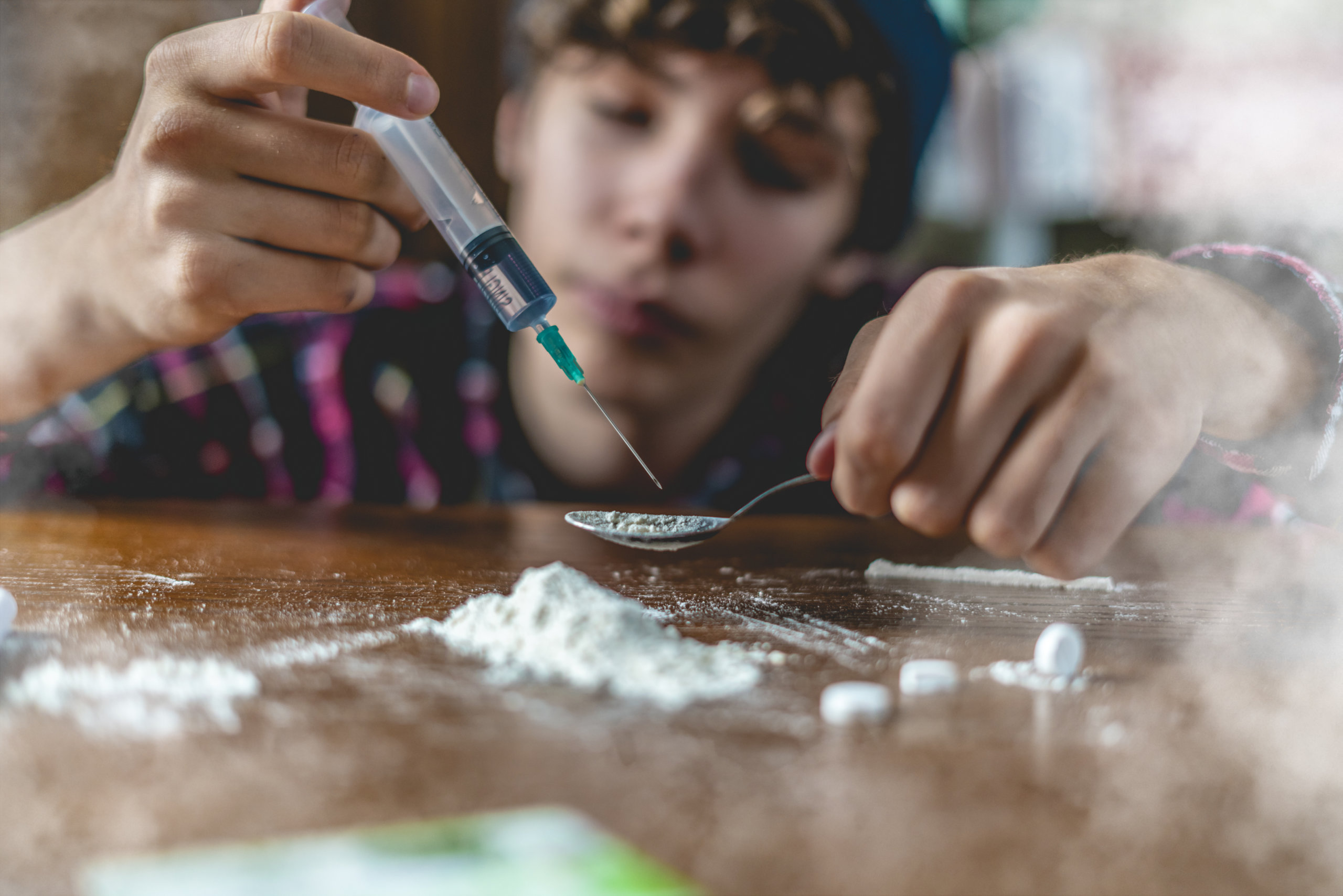When you have a teenager who uses drugs, you also have someone who knows how to hide evidence. Children learn early in life how to hide certain things from their parents, like candy, toys, or a note from a teacher. If they reach a point in their lives where they begin to use or abuse drugs, they have to raise the bar on where to hide any contraband. Parents who want to help their child may want to find proof before confronting them. If you are new to this problem in your family, you may be asking yourself: Where do kids hide drugs? If you have made the decision to search your child’s room and belongings, make sure you are calm when you begin the hunt. A rushed, highly charged search may cloud your thinking.
Where Do Kids Hide Drugs?
A child who uses drugs may not have put much thought into where they hide them. Start your search by checking out obvious choices. If you feel a need to answer the question of where do kids hide drugs, this list of areas will aid in your search.
Clothing Storage: Search in drawers and closets where clothing is typically stored. Drugs may be kept at the back of a drawer or between items of clothing. People sometimes store their stash inside a rolled-up sock, t-shirt, or other items of clothing. Check inside closed-in shoes and in the pockets of items that hang in a closet, like pants, jackets, and coats. If you have a daughter who has a collection of purses, look inside them.
Automobiles the Teenager Can Access: If your child has their own car, they may be using it to hide any number of items from a parent. Even if they only use a parent’s car, investigate there. Check in the glove compartment, consoles, under the seats, and in the trunk. Look to see if anything has been taped underneath the dashboard, armrests, or other parts of the car that offer concealment.
Purposely Deceptive Products: Many items are not what they appear to be. A look at any website that sells drug paraphernalia will likely reveal a host of products made to conceal drugs. What might look like a soda can, a tube of lipstick, or a stick of deodorant may actually be a hollowed-out storage device. A compact makeup mirror may be holding a powder that is definitely not meant for facial application. Be aware of any products that hold powdery substances that might be cocaine or similar drugs.
Artistic Stash Boxes and Containers: Many teenagers hide their contraband inside what appears to be harmless home décor. Look for wooden or metal boxes that seem to be decorative only and do not open. They may have a sliding panel or twisting leg that opens up the box or reveals a false bottom. Figurines, knick-knacks, and other items may also seem like just a way to decorate a shelf or surface, but actually have a secret stash inside them.
School Supplies: Items pertaining to school can offer a clever way to disguise drug storage. What may appear to be a textbook may be a hollowed-out book made for storing secret items. Kids may put drugs and paraphernalia inside book bags, pen holders, calculators, mechanical pencils, and other innocent-looking school supplies.
Medication Storage: What may look like an average bottle of headache tablets or cold medication may actually contain dangerous pills your child should not be taking. Look in each bottle and see if the name of the medication is printed on the pills. When in doubt, the internet offers plenty of information about the correct appearance of various pills. Your child may be hiding speed or someone else’s prescription for their own consumption.
Hiding in Plain Sight: Some drugs may be just inches away from a parent who does not realize it. A kid may hide small amounts of drugs inside the battery compartment of items like gaming equipment, old cell phones, or alarm clocks. Some kids tear a hole in a stuffed animal and replace some of the stuffing with their stash. Small amounts of narcotics can be flattened out and taped behind posters and photos on the wall of your child’s bedroom.
Edible Drugs: With the popularity of edible marijuana and other drugs these days, a child may feel no need to hide these products. What may look like a regular candy bar or a packaged cookie could be an edible drug. These can be potentially dangerous if another family member does not realize what they are and consumes them.
The Mechanics of the Home: When it comes to where kids hide drugs, some utilize parts of their actual home. Unscrew heating and air vents to see if your child may have placed something inside there. Another popular place for storing drugs involves the toilet. Look inside the tank for a waterproof package that doesn’t belong in there. Drugs can also be taped behind or to the back of a toilet.
At-Home Drug Addiction Treatment
If you have a child who struggles with an addiction to drugs, MD Home Detox can help your family. We provide 24/7 medical care who will supervise the detoxification from drugs in the privacy of your home. We provide any medication-assisted treatment that will ease your child’s withdrawal symptoms and can refer you to therapists.
If helping your child detox from drugs while keeping your family’s privacy is important to you, call (888) 592-8541 or, click here to find out how MD Home Detox can help.

